-

Treelines series: Quercus Texana – Oak
-
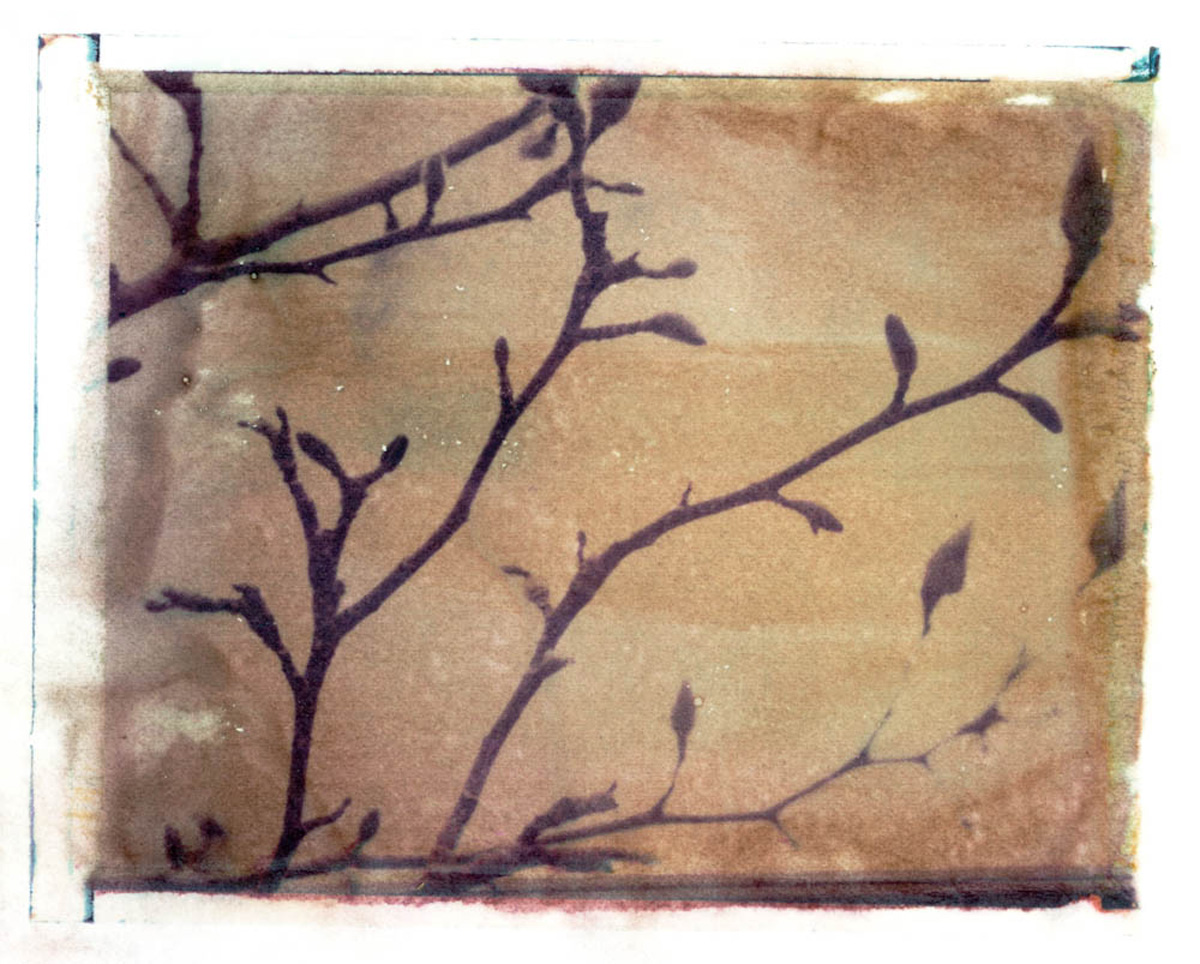
Treelines series: Magnolia Kobus – Northern Japanese Magnolia
-
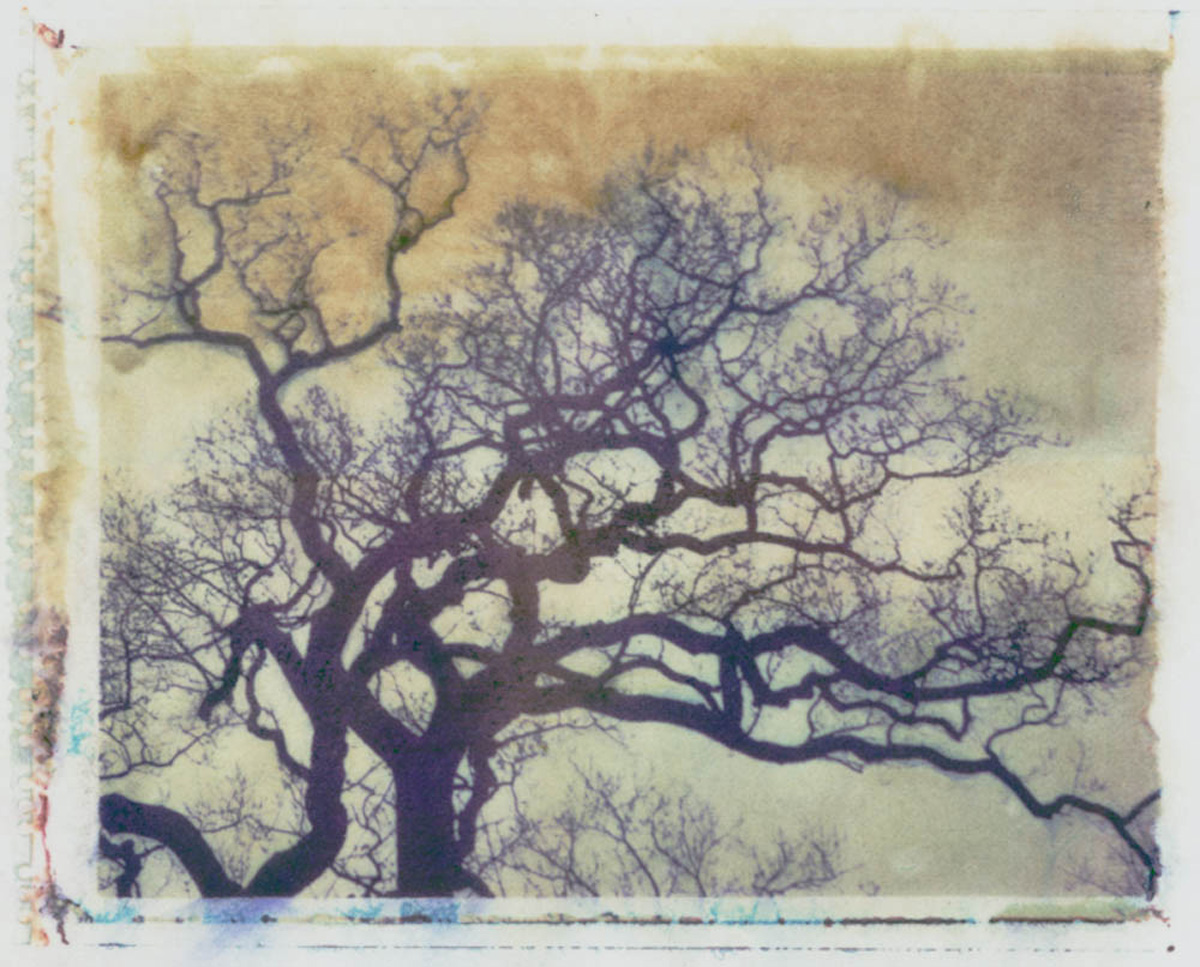
Treelines series: Quercus Robus – English Oak
-
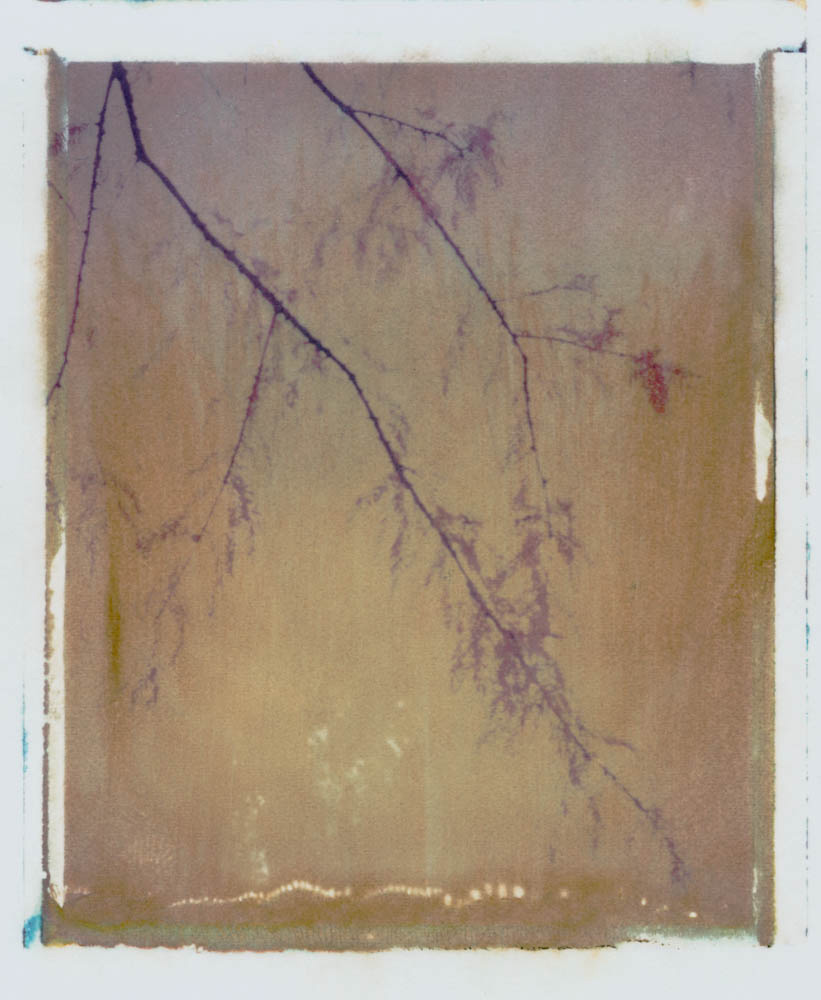
Treelines series: Taxodium Mucrona – Mexican Cypress
-
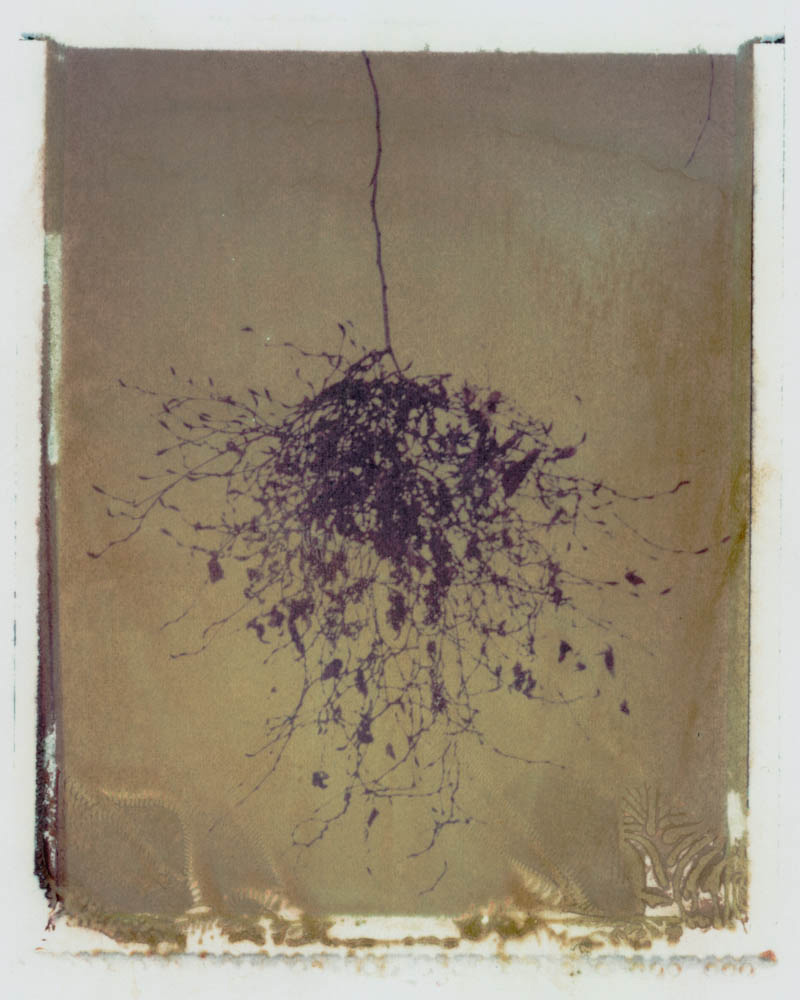
Treelines series: Caprinus Betulas – Common Hornbeam
-
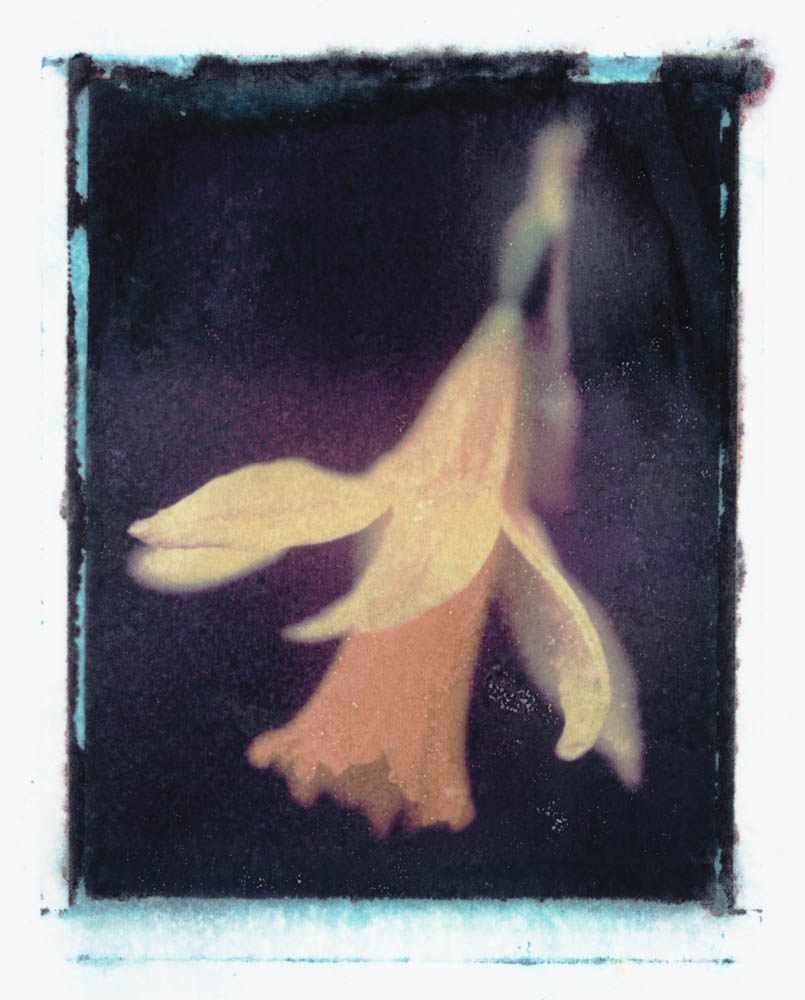
Gothic Summer series: Narcissus Pseudonarcissus – Common Daffodil
-
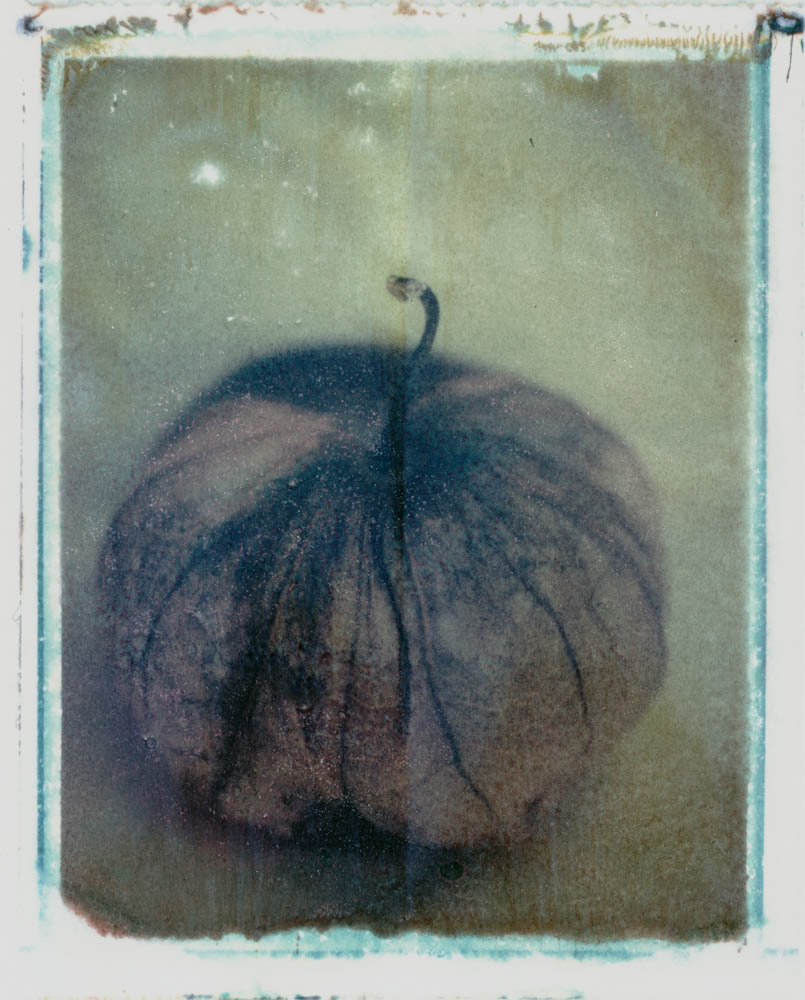
Gothic Summer series: Mini Belle Pepper
-
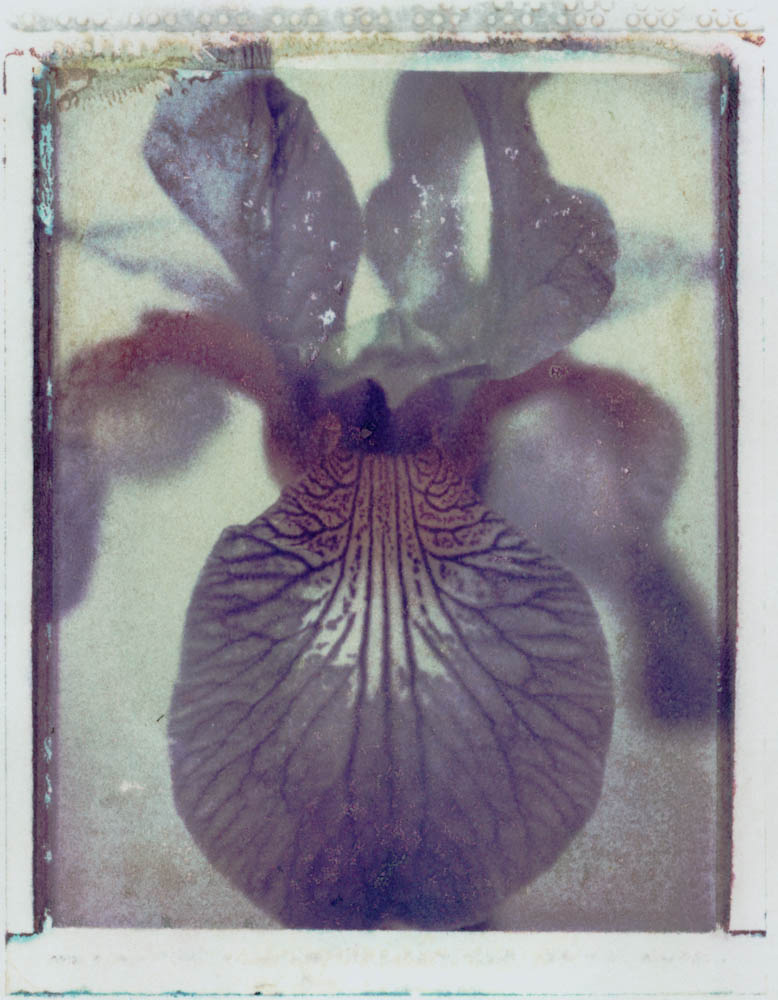
Gothic Summer series: Iris
-
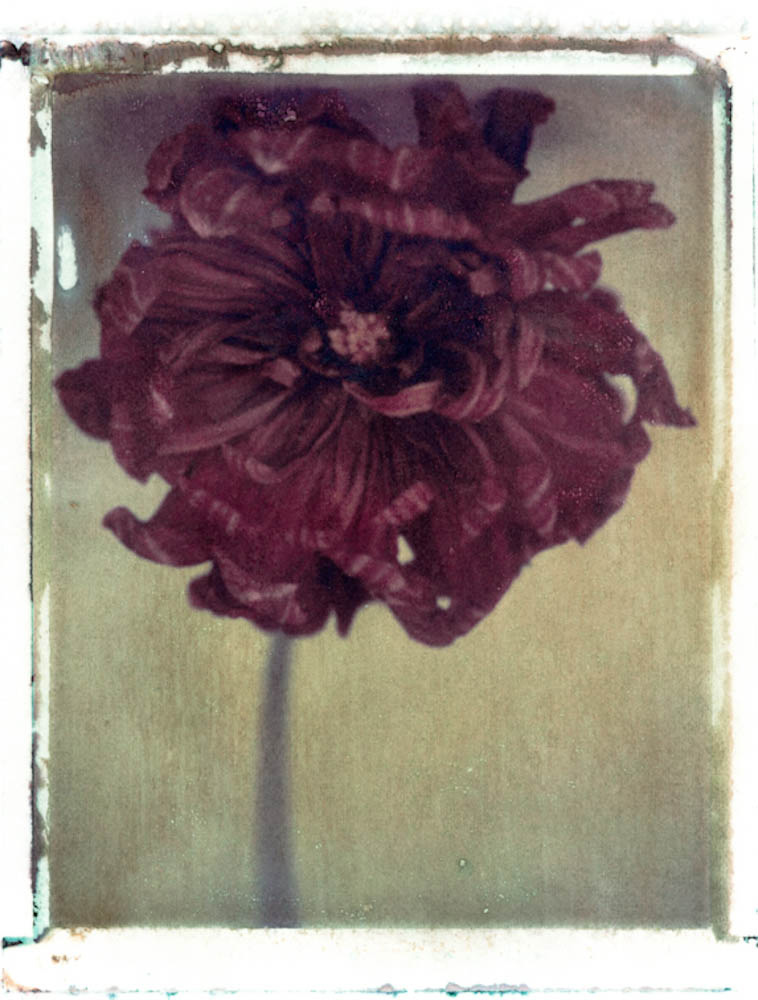
Gothic Summer series: Moray Susan Dahlia
-
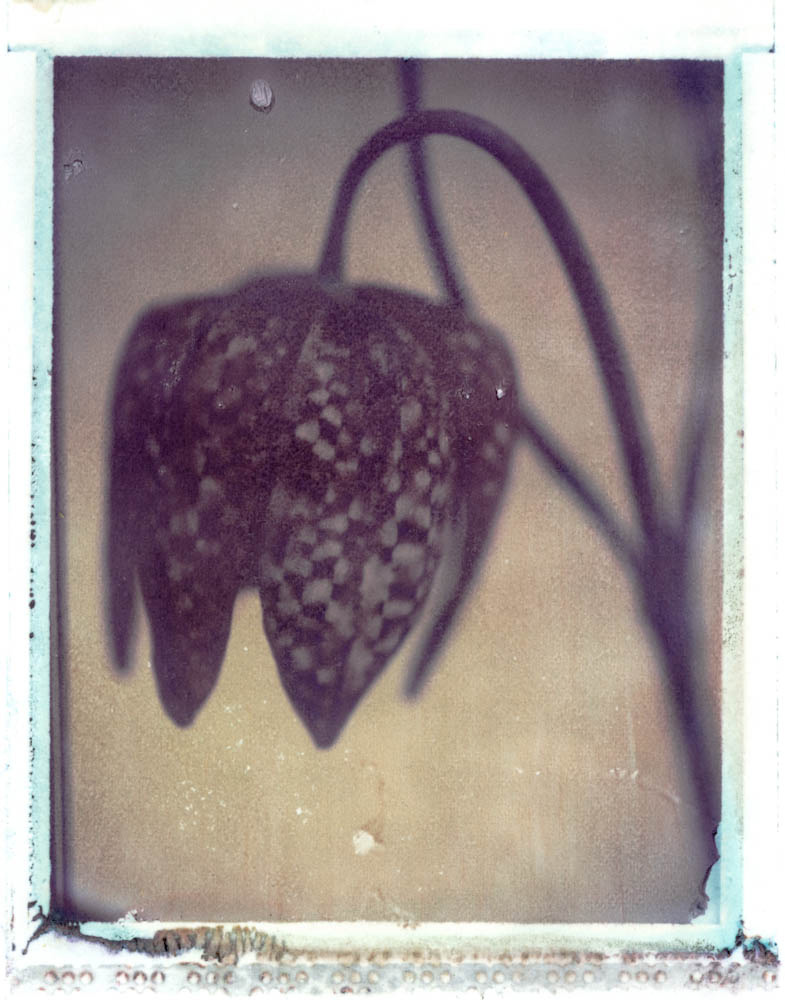
Gothic Summer series: Snakehead Fritillary
-
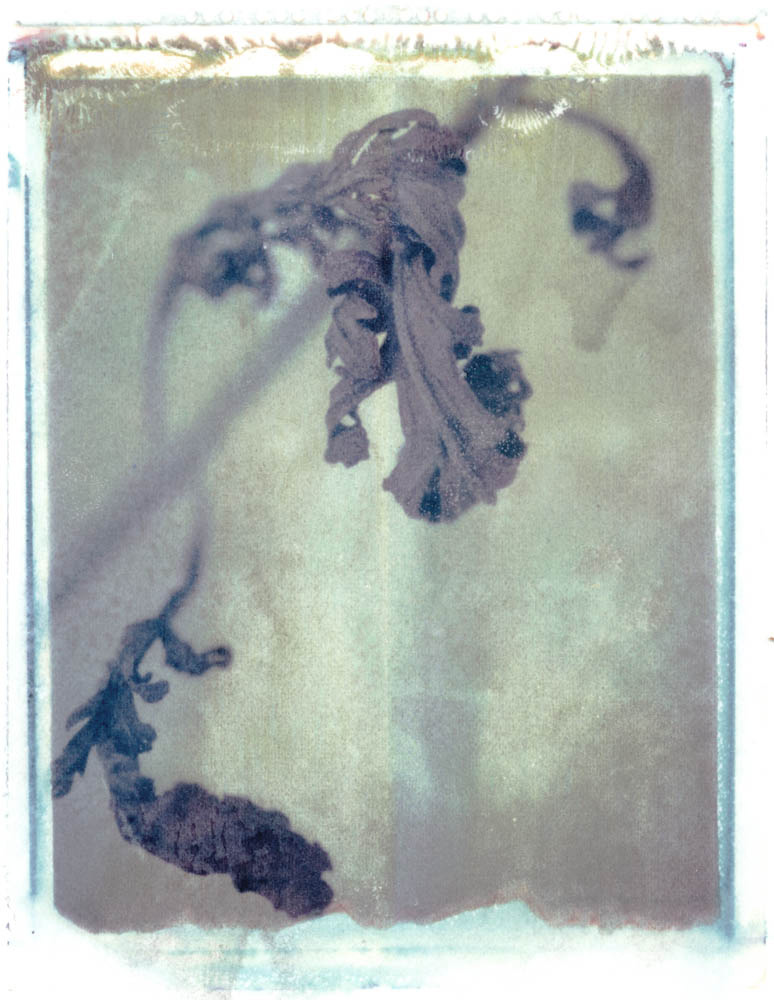
Gothic Summer series: Perovskia ‘blue spire’
-
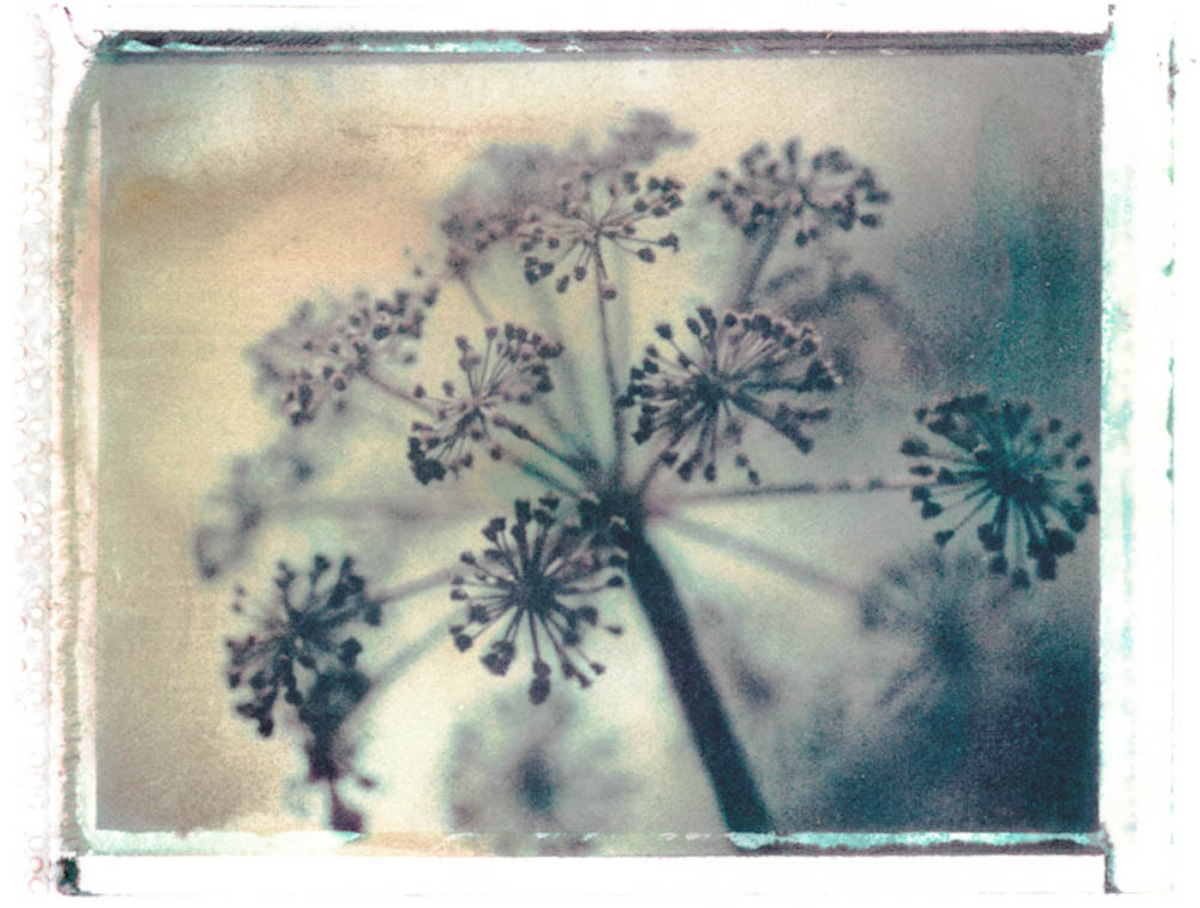
Gothic Summer series: Cow Parsley
-
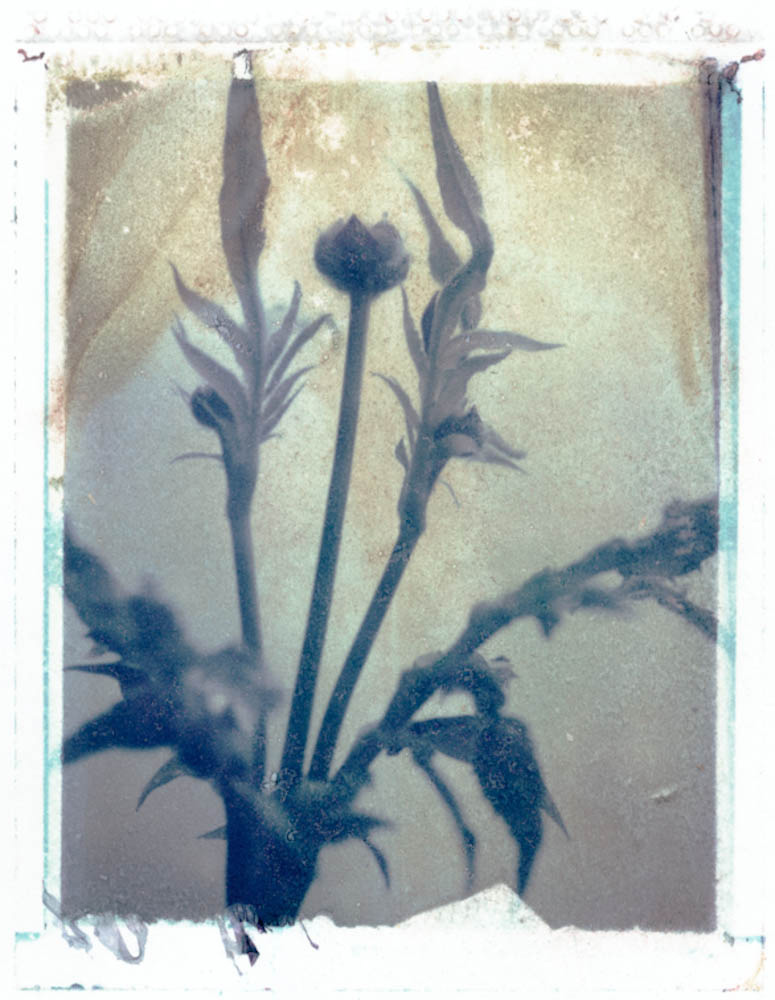
Gothic Summer series: Cephalaria Gigantica
-

Gothic Summer series: Amaryllis Papilo
Having studied photography at the London College of Printing, Susan has established a successful career as a garden, travel and food photographer with work appearing in many publications such as Gardens Illustrated, Garden Life and Food & Travel Magazine.
She has developed a distinctive style creating delicate, painterly images made with alternative photographic processes such as Polaroid transfer and liquid light. Her photographs are impressionistic & dreamlike and capture tiny details or fleeting moments of plant-life and nature. Many of the subjects were grown from seed in the photographer’s garden specifically to photograph.
Gothic Summer
Over two summers Susan photographed plants in her garden. She grew plants specifically to photograph them and sometimes to kill them and photograph them drying out. Making lists of coveted shapes, colours and textures and, looking at the work of Karl Blossfeldt amongst others, she sowed seeds and planted bulbs in the Autumn that would give her interesting shapes to work with the next year.
The first Summer was filled with gaudy colours and show-stopper plants – the plant as burlesque performer. The second Summer became more about the curling of the dried-out leaves and the colours more muted in tone.
Treelines ‘mapping Kew Gardens’
In Treelines, Susan started to create walks around Kew Gardens, photographing the minuscule details of trees in Winter – the patterns they make and their abstract identity. Kew is the equivalent of a giant collector’s tray and Susan wanted to look at the collection and see if the trees had an identity beyond their scientific classification and their historical uses.
Susan became interested in Kew through a trip to Jamaica where she photographed a long-forgotten botanical station, Cinchona. This plantation high in the Blue Mountains was set up in 1861 by Kew’s botanist, Nathaniel Wilson. In the archives at Kew, Susan found Wilson’s letters which recount the story of the ultimately doomed plantation. Susan became fascinated with this era of plant collecting, labeling and trade in which Kew Gardens played a central role.

